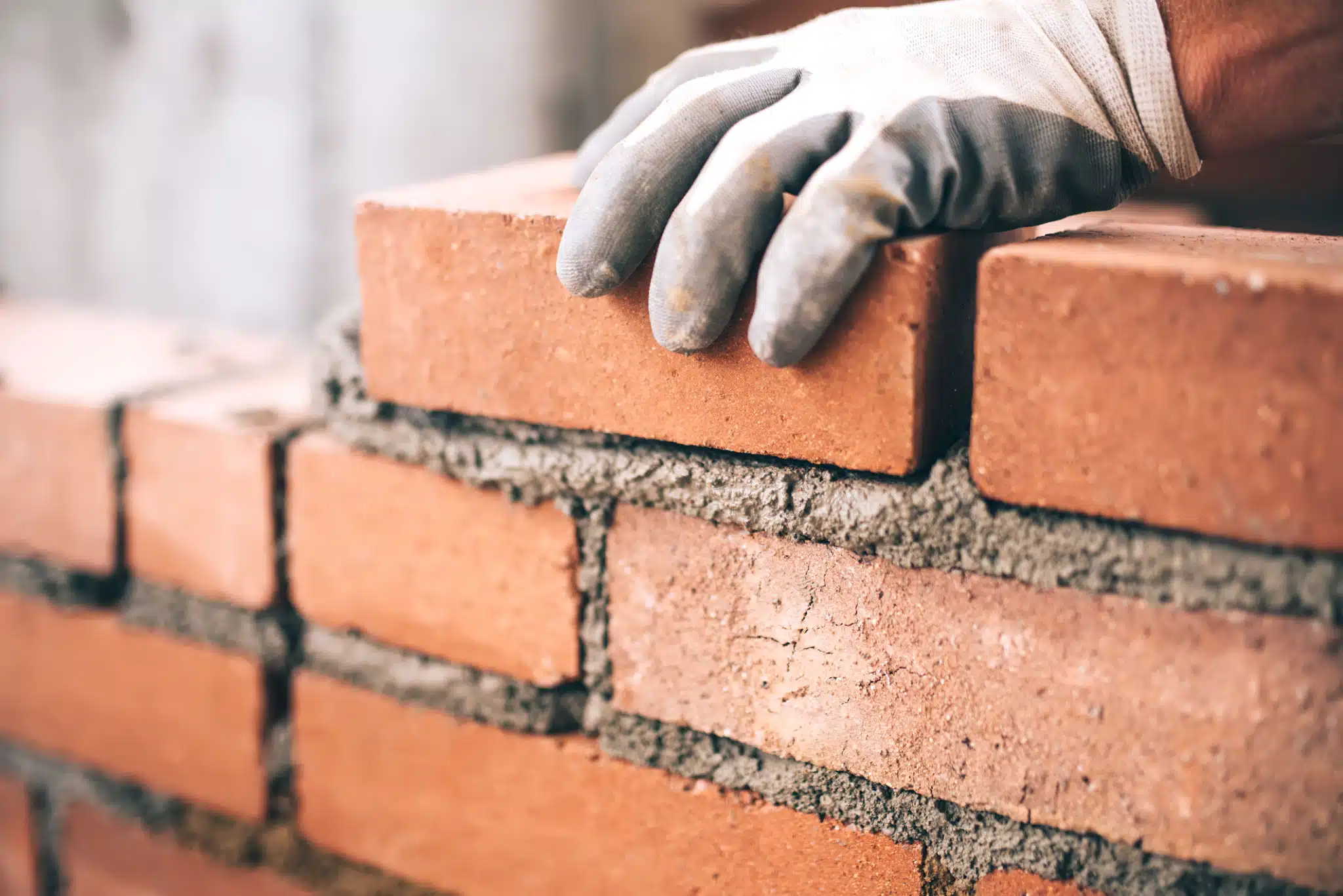Welcome to a captivating journey through time and architecture as we explore the historic brick buildings of Brantford, Ontario. This self-guided walking tour will take you through the city’s most significant brick structures, highlighting their historical importance and unique architectural features. Whether you’re a history buff, architecture enthusiast, or simply curious about the stories behind Brantford’s beautiful brick facades, this tour promises to be an enlightening experience.
1. The Masonic Temple Building: A Testament to Edwardian Commercial and Masonic Style
Our tour begins at the iconic Masonic Temple Building, a stunning example of Edwardian Commercial and Masonic architectural style. Constructed in 1915, this impressive brick structure stands as a testament to Brantford’s prosperity in the early 20th century.
Key Features:
- Red brick exterior with intricate stone detailing
- Symmetrical facade with large arched windows
- Masonic symbols incorporated into the building’s design
- Ornate cornices and decorative brickwork
The Masonic Temple Building showcases the skilled craftsmanship of early 20th-century brick masons. Notice the precise brickwork patterns and the seamless integration of stone elements, which add depth and character to the structure. This building serves as an excellent example of how brick can be used to create both functional and aesthetically pleasing architecture.
2. Carnegie Library: A Gift of Knowledge in Brick and Stone
Our next stop is the Carnegie Library, a beautiful brick building that stands as a symbol of Brantford’s commitment to education and community. This library was one of many funded by industrialist and philanthropist Andrew Carnegie in the early 1900s.
Historical Significance:
- Opened in 1904 as a free public library
- Part of Carnegie’s initiative to promote literacy and learning
- Served as Brantford’s main library for over 80 years
The Carnegie Library’s brick exterior is a prime example of the Beaux-Arts style, popular in North America during the late 19th and early 20th centuries. The building’s symmetrical design, arched windows, and decorative brick patterns showcase the versatility of brick as a building material. Today, the building continues to serve the community as a cultural center, preserving its historical significance while adapting to modern needs.
3. Brant Avenue Heritage Conservation District: A Showcase of Brick Homes
As we continue our tour, we enter the Brant Avenue Heritage Conservation District, a neighborhood that boasts an impressive collection of historic brick homes. This area provides a unique opportunity to observe various brick styles and architectural trends from the late 19th and early 20th centuries.
Notable Features:
- Victorian and Edwardian-era brick homes
- Diverse brick colors and patterns
- Ornate porches and bay windows
- Decorative brick chimneys and gables
As you stroll through this charming district, pay attention to the different brick patterns and colors used in these homes. You’ll notice a range of styles, from simple running bond patterns to more complex Flemish bond and herringbone designs. The variety of brick colors, from deep reds to warm yellows, demonstrates the rich palette available to builders of the era.
4. Industrial Heritage: Former Factories and Warehouses
Brantford’s industrial past is evident in the numerous brick factories and warehouses that dot the cityscape. Many of these structures have been repurposed for modern use while maintaining their historic brick exteriors.
Examples of Repurposed Industrial Buildings:
- The Cordage Heritage District: Former rope-making factories converted into loft apartments
- The Brantford Expositor Building: Now houses offices and retail spaces
- The Waterous Engine Works Building: Transformed into a mixed-use development
These industrial brick buildings showcase the durability and adaptability of brick construction. The large windows, high ceilings, and sturdy brick walls that once served manufacturing purposes now provide unique living and working spaces. As you observe these structures, note the practical yet aesthetically pleasing aspects of industrial brick architecture, such as arched windows, corbelled cornices, and pilasters.
5. Tips for Identifying Different Brick Styles and Periods
As you explore Brantford’s historic brick buildings, use these tips to help identify different brick styles and periods:
- Color and Texture: Earlier bricks tend to have more variation in color and texture due to less standardized manufacturing processes. Later bricks are often more uniform in appearance.
- Size and Shape: Older bricks are typically smaller and may have irregular shapes. Modern bricks are larger and more consistent in size.
- Mortar Joints: The width and style of mortar joints can indicate the age of a building. Wider, rougher joints are often found in older structures, while newer buildings tend to have thinner, more precise joints.
- Bond Patterns: Different bond patterns (the arrangement of bricks) can suggest various architectural styles and periods. Common patterns include:
- Running Bond: The most common pattern, with each course offset by half a brick
- Flemish Bond: Alternating headers and stretchers in each course
- English Bond: Alternating courses of headers and stretchers
- Decorative Elements: Look for special brick features like corbelling (projecting bricks), quoins (corner bricks), and friezes (decorative horizontal bands) that can indicate specific architectural styles.
Conclusion: Preserving Brantford’s Brick Legacy
As we conclude our walking tour of Brantford’s historic brick buildings, it’s clear that these structures are more than just bricks and mortar – they’re a tangible link to the city’s rich past. From the grandeur of the Masonic Temple to the industrial charm of repurposed factories, each building tells a unique story of Brantford’s development and the skilled craftspeople who built it.
Preserving these architectural gems is crucial for maintaining Brantford’s unique character and cultural heritage. As you’ve seen throughout this tour, brick buildings can stand the test of time when properly maintained. However, they do require occasional repair and restoration to ensure their longevity.
If you own a historic brick building or are interested in learning more about brick repair and restoration, don’t hesitate to reach out to brick repair experts. With the right care and attention, Brantford’s beautiful brick buildings can continue to inspire and educate future generations about the city’s architectural heritage.
We hope this walking tour has given you a newfound appreciation for Brantford’s historic brick buildings. Next time you stroll through the city, take a moment to look up and admire the craftsmanship and beauty of these enduring structures. They’re not just buildings – they’re the very foundation of Brantford’s architectural identity.
\n\n\nWhat is the focus of the walking tour in Brantford, Ontario?
The walking tour focuses on exploring the historic brick buildings of Brantford, highlighting their historical significance and unique architectural features.
What is notable about the Masonic Temple Building?
The Masonic Temple Building, constructed in 1915, is an example of Edwardian Commercial and Masonic architectural style, showcasing intricate stone detailing and Masonic symbols.
What historical significance does the Carnegie Library hold?
Opened in 1904 and funded by Andrew Carnegie, the Carnegie Library symbolizes Brantford’s commitment to education and served as the main library for over 80 years.
What can you see in the Brant Avenue Heritage Conservation District?
This district features a collection of historic Victorian and Edwardian-era brick homes, showcasing diverse brick colors, patterns, and architectural styles from the 19th and early 20th centuries.
How have industrial brick buildings in Brantford been repurposed?
Former factories and warehouses, such as those in the Cordage Heritage District, have been repurposed for modern uses, including loft apartments and retail spaces, while retaining their historical exteriors.
What are some tips for identifying different brick styles and periods?
Key tips include observing the color and texture of bricks, their size and shape, mortar joint styles, bond patterns, and decorative elements like corbelling and quoins.
Why is it important to preserve Brantford’s brick buildings?
Preserving these buildings is crucial for maintaining Brantford’s unique character and cultural heritage, while also ensuring that these architectural gems continue to inspire future generations.
What resources are available for those interested in brick repair and restoration?
For owners of historic brick buildings or those interested in brick repair, reaching out to brick repair experts is recommended to ensure proper care and maintenance for longevity.
What overall appreciation does the tour aim to foster in participants?
The tour aims to inspire participants to appreciate the craftsmanship and beauty of Brantford’s historic brick buildings, emphasizing their significance as part of the city’s architectural identity.



